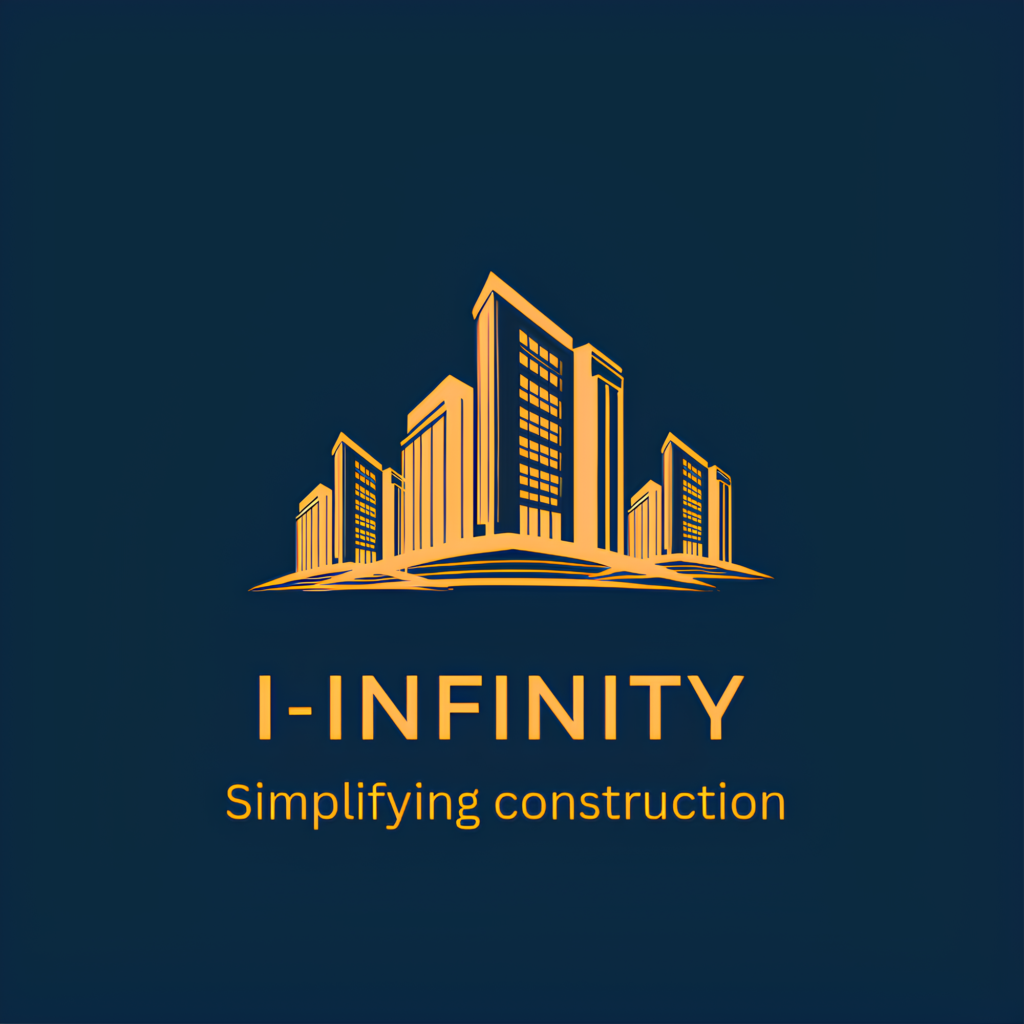
Building Information Modeling (BIM) has revolutionized the construction and design industries by enhancing collaboration, improving project visualization, and streamlining workflows. A key concept in BIM is Level of Development (LOD), which defines the reliability and accuracy of a BIM model at various stages of a project. This article delves into what LOD is, why it matters, and how it impacts project outcomes.
What is LOD in BIM?
LOD stands for Level of Development, a standardized system that specifies the amount of detail and reliability of information included in a BIM model. It is used to communicate the current state of a model element throughout the design and construction process.
Think of LOD as a framework that ensures all stakeholders—architects, engineers, contractors, and owners—are on the same page regarding a project’s level of detail and accuracy at any given time.
The Levels of Development Explained
LOD is typically categorized into five or six levels, each representing a progression in detail and reliability. These levels are:
LOD 100: Conceptual Design
Purpose: Represents the model at its most basic form.
Detail: Massing models or conceptual shapes with approximate dimensions.
Example: A block-shaped structure to indicate a building’s approximate size and location.
LOD 200: Schematic Design
Purpose: Adds generic system elements and approximate dimensions.
Detail: Includes placeholders for structural, architectural, or MEP components without precise specifications.
Example: Walls, doors, and windows represented with approximate geometry.
LOD 300: Design Development
Purpose: Provides accurate geometry and specifications suitable for construction documentation.
Detail: Includes precise dimensions, locations, and quantities.
Example: A fully detailed HVAC system with specified duct sizes and locations.
LOD 350: Construction Documentation
Purpose: Adds connection details and relationships between elements.
Detail: Includes information about how elements interact with others in the model.
Example: Connection details for structural beams and columns.
LOD 400: Fabrication
Purpose: Includes fabrication-ready details.
Detail: Models are detailed enough to manufacture components directly from the data.
Example: Steel components with exact dimensions and assembly details.
LOD 500: As-Built
Purpose: Represents the model as it exists after construction.
Detail: Incorporates exact dimensions and information reflecting the actual built conditions.
Example: Final positioning of all building components.
Why is LOD Important in BIM?
Improved Communication: LOD helps avoid misunderstandings by clearly defining the expectations for each project stage.
Cost Efficiency: Accurate modeling at each LOD reduces rework and ensures resources are allocated effectively.
Collaboration: It fosters better coordination among project teams by providing a standardized framework.
Lifecycle Management: LOD 500 models are especially valuable for facilities management and long-term asset maintenance.
LOD vs. Level of Detail
It’s essential to distinguish between Level of Development and Level of Detail. While the latter focuses on the visual richness of the model, LOD is more concerned with the reliability and usability of the data.
For instance, a model may have a high Level of Detail (e.g., highly rendered textures) but still lack the data required for fabrication or construction.
Implementing LOD in Projects
To effectively use LOD, teams should:
Define LOD requirements in the BIM Execution Plan (BEP).
Align LOD milestones with project phases and deliverables.
Use tools like the AIA’s LOD Specification to standardize expectations.
Conclusion
The Level of Development (LOD) is a cornerstone of successful BIM implementation. By defining the level of detail and accuracy at different project phases, LOD ensures that project teams collaborate efficiently, minimize errors, and deliver high-quality outcomes.
Understanding and properly implementing LOD can unlock the full potential of BIM, setting your projects up for success from concept to completion.
What are your thoughts on using LOD in BIM workflows? Share your experiences in the comments below!
